UK awards £28M for 5 demonstration-phase low-carbon hydrogen production projects
Green Car Congress
FEBRUARY 18, 2020
As part of a larger £90 million (US$117 million) package of awards to cut carbon emissions in industry and homes, the UK is awarding £28 million (US$36.5 million) to five demonstration phase projects for low-carbon hydrogen production. HyNet – low carbon hydrogen plant. Contract value: £3.12 million (US$4.1



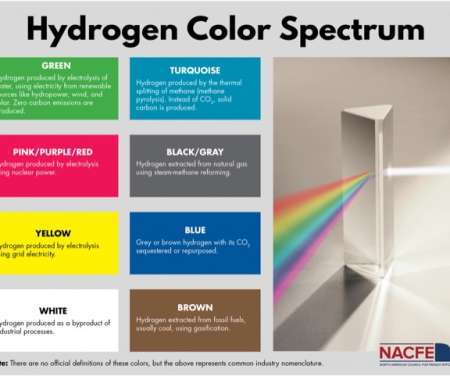
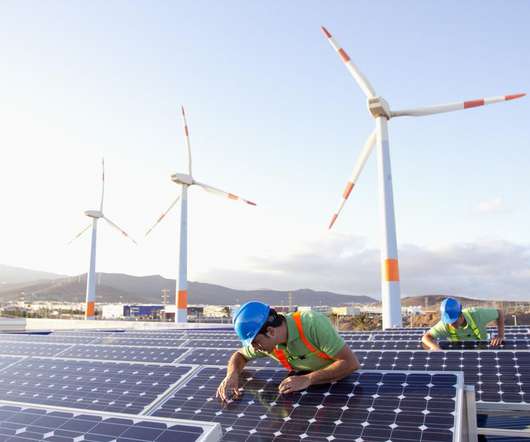
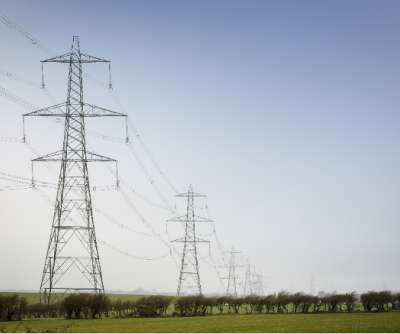
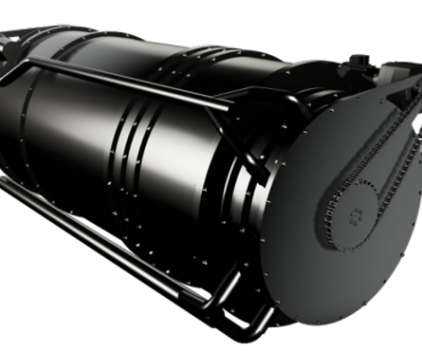



















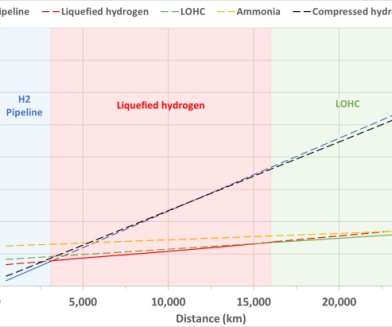
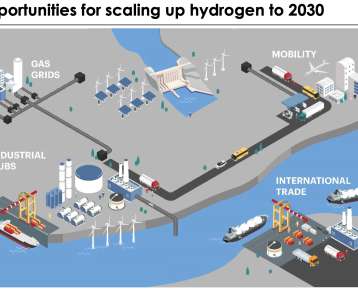












Let's personalize your content